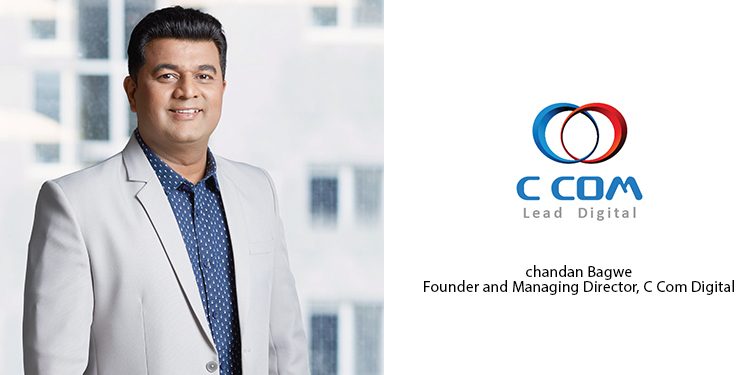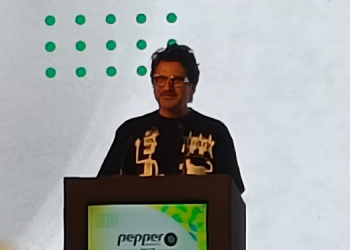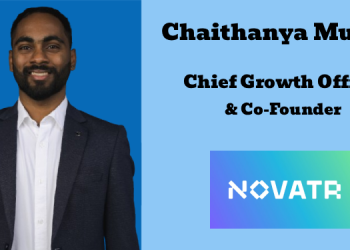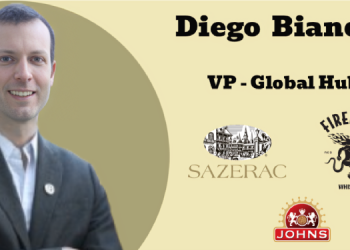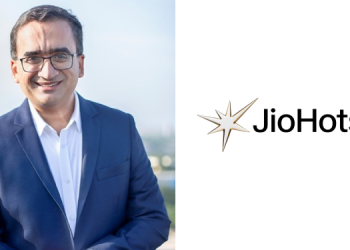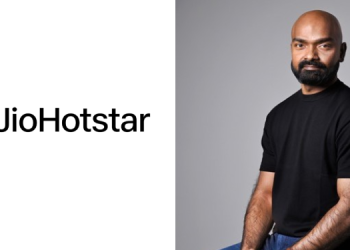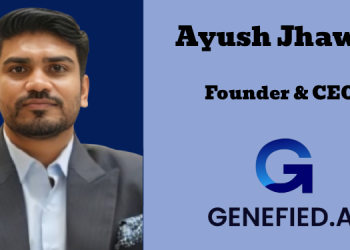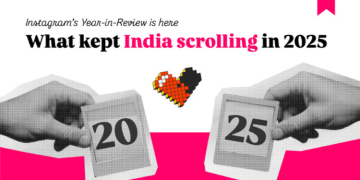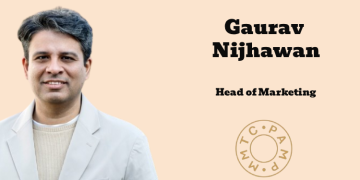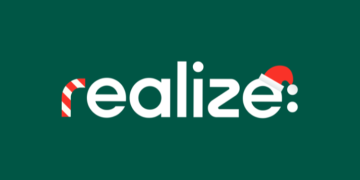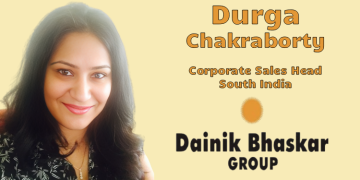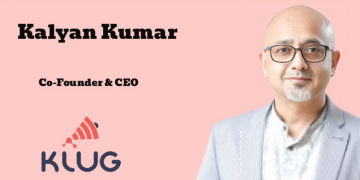The ‘long-sword’ is a late medieval and Renaissance sword known for its two-handed grip and a straight double-edged blade. Its timeless symbolism is inherently relevant today in describing the power of the digital realm which can either polish or tarnish an entity’s image in the eyes of masses. The power of digital medium is so vast in today’s day and age that information goes live in matter of seconds which can sometimes be a “Bane” instead of a “Boon”. Digital marketers are thus playing significantly bigger roles today in handling brands; apart from SEO, retargeting etc. they also have to creating strong communication strategies. For instance, if there is a crisis than they need to come up with damage control solutions instantaneously. Below are some live examples of how this happened in the past using our own case examples as well as some reputed brands’ case studies of how particular situations were tackled using digital PR.
Crisis management
In Suresh Narayanan’s words, the Chairman and MD of Nestle India, the Maggi debacle of 2015 was the biggest crisis in the 104 years of their existence in our country. The brand was banned from shelves by an FSSAI verdict in 2015, and within a matter of days, their market share of 80% plummeted to 0%. However, a revival was on the cards because tremendous PR can avert the biggest crises. Maggi observed that there was an application of incorrect standards on the part of testing authorities and it was in fact safe for consumption. It was thus brought back to the market within five months in November that year. However, it was effective crisis management strategies that helped re-launch the brand on Dhanteras. Maggi was earlier a social media shy brand, but it received enormous support from consumers with messages such as ‘We miss you Maggi’. The brand in turn acknowledged the affection and support and began a ‘#MissYoutoo’ campaign through digital PR. After positive results of the testing arrived, Maggi did not go over the top about it, but instead gave a simple message to the consumer, ‘Your MAGGI is SAFE, has always been’. They even began an advertising campaign called #LetYourMomKnow the end of the same week. Maggi’s nightmare was finally over as they gained back 60% market share. It was welcomed back as a household brand and has since grown from strength to strength with due credit given to digital PR crisis management strategies.
Digital movements
The digital realm has allowed conversations regarding social causes spread like wildfire for all the world to see, and in turn engage. For instance, the ‘#MeToo’ movement took our country by storm as perpetrators of sexual harassment were being called out one by one on social media platforms like Twitter, Facebook, and Instagram. The campaign title itself indicated inclusiveness and support regarding heinous acts carried out by abuse of power.
Similarly, we had initiated a campaign called #WhySufferSilently regarding dysmenorrhea (painful periods). We collaborated with Helly Shah, a slam poet, and released two videos on YouTube. Within three months of airing the first video fetched 5lakh + views while the second incurred 1.3lakh + views within the first month. The campaign eventually reached 2 crore + individuals via social media channels like Facebook, Instagram, YouTube, and Twitter. Digital PR therefore presents a beautiful opportunity to empower people hailing from all backgrounds and overcome the most sensitive issues that are plagued by stigma.
Trolling
The digital medium can be downright cruel in terms of the derogatory comments and memes posted online. For instance, Hardik Pandya and K L Rahul’s infamous interview on Koffee with Karan welcomed a barrage of taunts from every direction. It was good for the popularity of the show as it got extreme ratings with masses keeping a key eye on the turn of events. Considering media agencies carried on with sensationalism, the reputation of both players was dragged in the mud.
The situation had repercussions on their sponsors as well, who evaluated two choices – to terminate their contracts in light of the controversy or use strategies to save their faces in the eyes of the masses. This is where Digital PR comes in to take them out of the conversation with appropriate digital strategies. They could have either come out in the open and said “I am sorry” or done an “I won’t repeat this” campaign. Being honest and candid about one’s mistakes are something that generally goes well with the audiences. Meanwhile, the footage of the videos was pushed back to latter search pages to avoid the issue spreading out.
In conclusion
Digital PR has enormous power in creating life-altering impacts on individuals through social media campaigns and messages. Similarly, brands use effective strategies to either advertise a product or service, engage audiences through trends and social causes, or even to avert crisis situations. This, however, involves immense market research, segmentation, linguistic study, and semiotics among other analytics for successful campaigns.
The power of digital PR is only going to rise with advancing technology and increased connectivity, which makes it interesting to observe how PR teams and agencies can adapt to the changes and use media in a positive light; considering PR players like us can either make you part of the conversation, or take you out of it.

